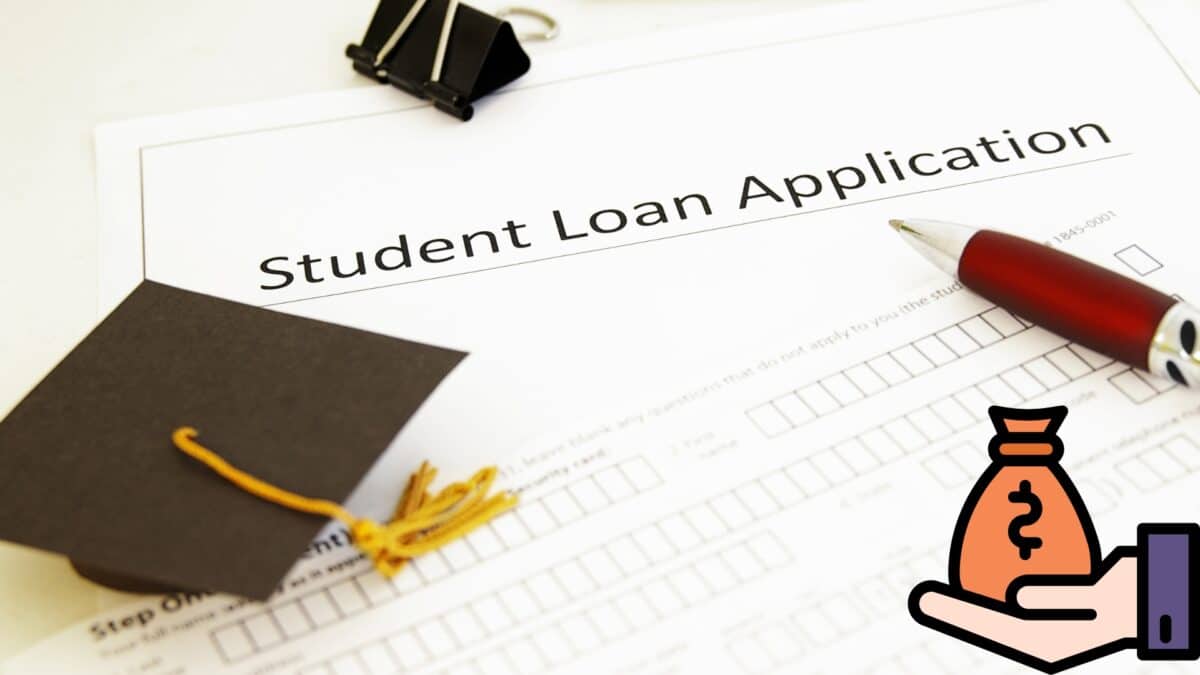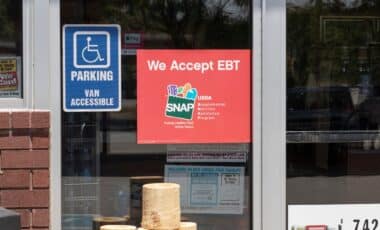Millions of public service workers pursuing student loan forgiveness are now facing uncertainty due to severe processing delays in federal programs like Public Service Loan Forgiveness (PSLF) and Income-Driven Repayment (IDR). While many borrowers have completed the required 120 qualifying payments, their relief is stalled by backlogs that jeopardize their eligibility. Under PSLF rules, applicants must still be employed in public service at the moment forgiveness is granted—any change in job status before processing is finalized could result in disqualification.
The backlog stems from a combination of operational slowdowns and legal interruptions. As of April 30, the Department of Education had processed only 79,000 IDR applications, leaving nearly 2 million pending—a 96% backlog. For PSLF, only about 1,500 buyback requests were resolved in April out of nearly 50,000 pending, highlighting significant strain on the system. These requests involve retroactively counting prior periods of deferment or forbearance toward the 120-payment requirement.
Legal Disputes Stall IDR and SAVE Plan Processing
A major contributor to the delay was the legal challenge to President Biden’s SAVE plan, a newly introduced IDR framework. In February 2025, the Eighth Circuit Court of Appeals issued an injunction halting its implementation. This led the Education Department to shut down all online IDR applications and pause processing for weeks. Although partial access was restored in late March, full IDR processing did not resume until mid-May, leaving millions of borrowers in limbo.
During this freeze, roughly 8 million borrowers enrolled in SAVE were placed into a litigation-related forbearance status. Because no payments were made during this period, those months initially did not count toward PSLF or IDR forgiveness. The Department later clarified that borrowers can reclaim this time through the PSLF buyback program, but doing so requires lump-sum payments for each missed month—followed by additional processing delays to credit those payments.
It’s all the more concerning that until their applications are processed, nearly 2 million borrowers are being denied credit toward debt cancellation under the Public Service Loan Forgiveness program. https://t.co/vUzjgmwx6K
— Randi Weingarten 🇺🇸💪🏿👩🎓🟣🇺🇦 (@rweingarten) May 21, 2025
Employment Requirement Now a Critical Risk
The most pressing concern for many borrowers is the PSLF requirement that they be employed full-time with a qualified public service employer at the time their forgiveness is granted. Under normal conditions, this isn’t a major hurdle, but with processing now severely delayed, borrowers who retire, switch jobs, or are laid off before forgiveness is finalized risk losing their eligibility altogether—even if they have completed the 120 qualifying payments.
This issue is especially concerning for the estimated 9 million public service workers eligible for PSLF and the 50,000 with pending buyback applications. Many of these individuals are teachers, nurses, and government employees who have served for over a decade. The delays are forcing some to delay retirement or decline private-sector roles while they wait for the process to be achieved.
Layoffs and Restructuring Compound The Problem
Adding to the uncertainty, the Education Department has experienced significant layoffs and restructuring in early 2025. Staffing cuts have worsened the delays, reducing the agency’s ability to process forgiveness claims efficiently. Broader government workforce reductions under President Donald Trump’s administration have resulted in more than 121,000 federal workers being laid off or targeted for layoffs since the start of his second term, according to CNN. These developments increase the risk that even fully qualified borrowers may lose their PSLF eligibility due to involuntary job loss.
Officials advise borrowers who have reached 120 qualifying payments to remain employed by a qualifying public service organization until forgiveness is finalized and their loan balance reaches zero. Although forbearance options are available during the wait, any gap in qualifying employment can nullify the borrower’s application. Overpayments made after reaching 120 will be refunded once forgiveness is processed, but the risks tied to employment status remain unchanged.










